From the countless futuristic concept vehicles that we’ve seen thus far, only a few can rival the practicality and future-forward approach of the Samsung Digital Cockpit 2021. Revealed at the CES 2021 event, this exciting technology transforms your vehicle into a place where you’d actually love to spend quality time. The sole idea for creating the in-vehicle tech is to simplify communication and enhance the commute experience well beyond what current vehicles can do or for that matter concept vehicles are envisioned to be capable of.
Leveraging HARMAN’s automotive prowess and the in-house advancements in telecommunications and display technologies – the South Korean giant has evolved exponentially since it was first spotted at CES 2018. The focus is on delivering an unparalleled immersive entertainment experience combined with the safety of the passengers as well as pedestrians. There’s a huge 49-inch QLED display that sits right behind the movable car dashboard having the high-tech steering wheel with an independent display of its own and HUD screens to provide the driver and passengers all the pertinent information while on the go. A third of the big screen gives all the important vehicle information while driving and when it’s time to relax, the screen pops-up for some laid-back entertainment. You can do things like video conferencing, editing video clips, do your office work, or simply enjoying multimedia content (with the HARMAN’s surround sound system on-board) with fellow riders in a space as comfortable as your living room!
Keeping safety in mind at all times the Digital Cockpit 2021 makes use of the Automotive Samsung Health service that keeps a tab on the driver’s stress levels (by analyzing the eyelid movement and sleep patterns) to make the necessary adjustments to the ambient lighting, scent or the music – all so that it relaxes them before taking up a long drive to the next destination. The 360 Vision Monitoring System equipped with four cameras and an AI learning algorithm, the vehicle keeps an eye on everything happening around it. For example, alerts pedestrians via the front-mounted display (no honking!) if they are too close or helps the driver in tight parking spots.
The technology is pretty exciting, to say the least, and with the “next-level safety functions and productivity tools” it is much more than just getting from “Point A to Point B.” It is about enhancing the in-vehicle experience, and Samsung for sure is going to make this exciting future a reality!
Designer: Samsung
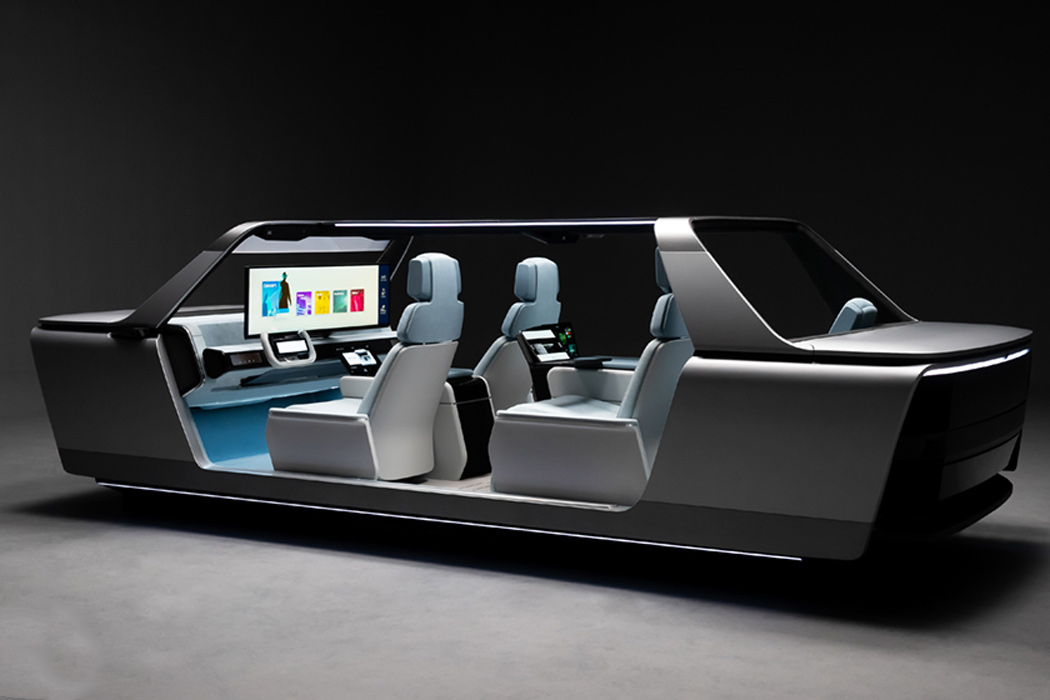
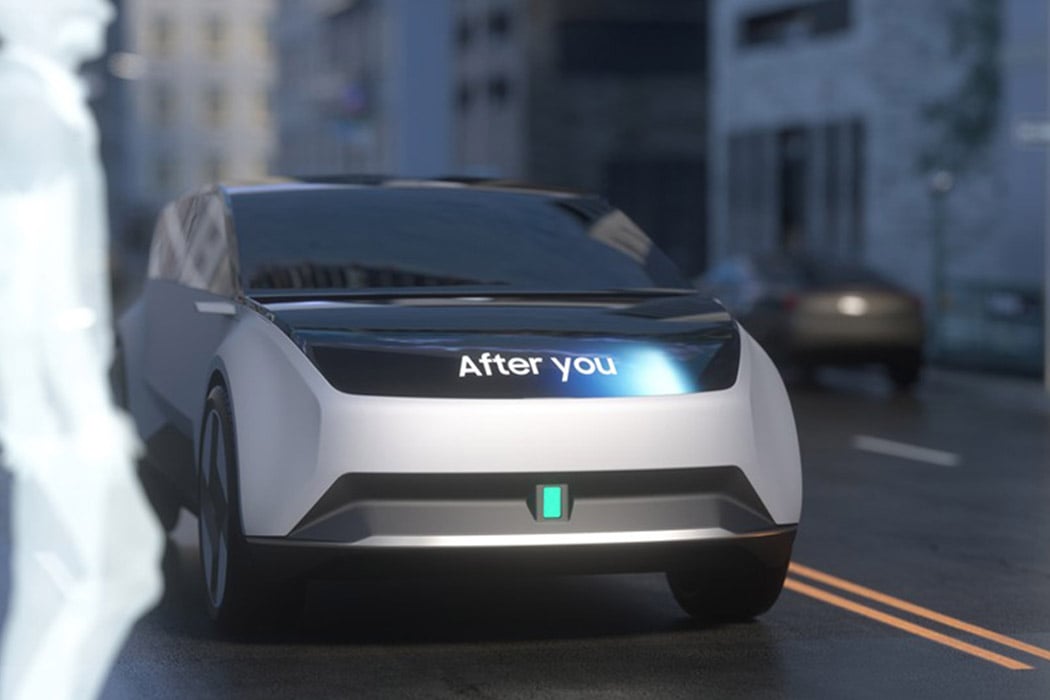
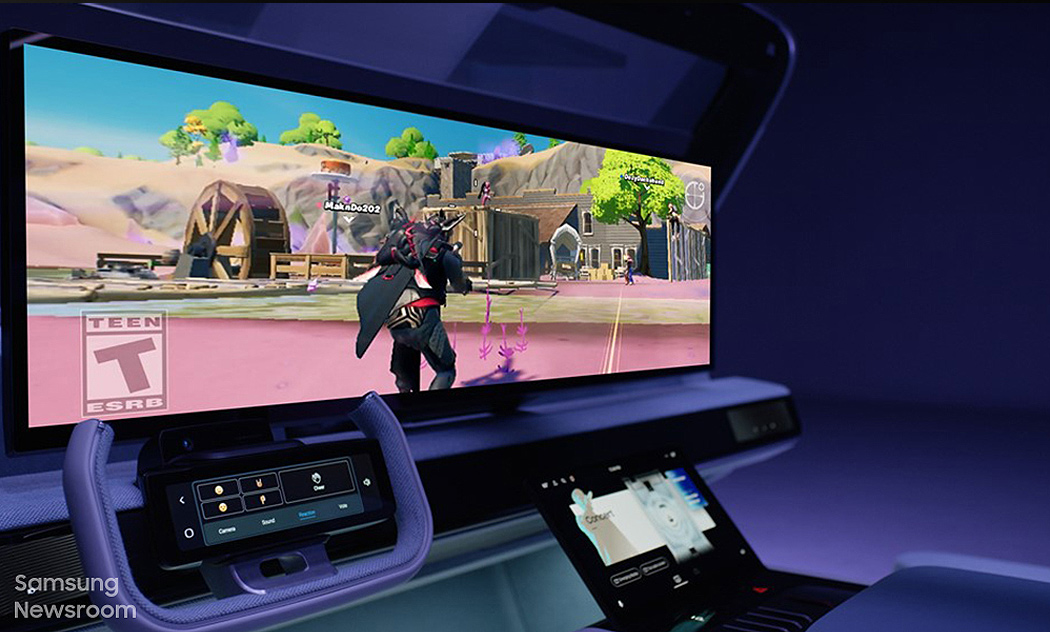
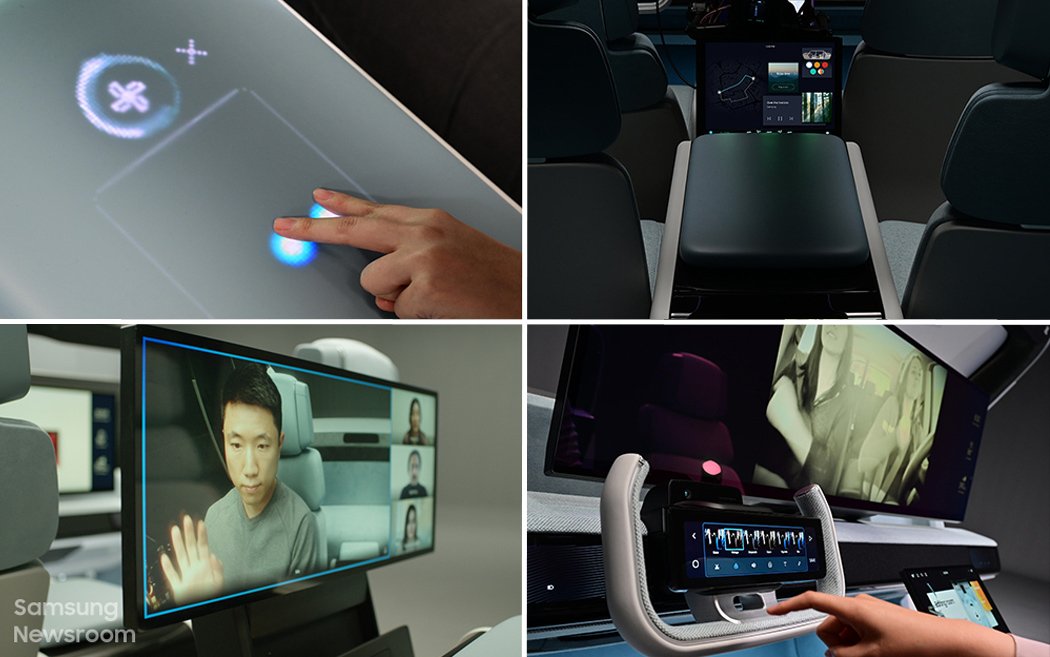
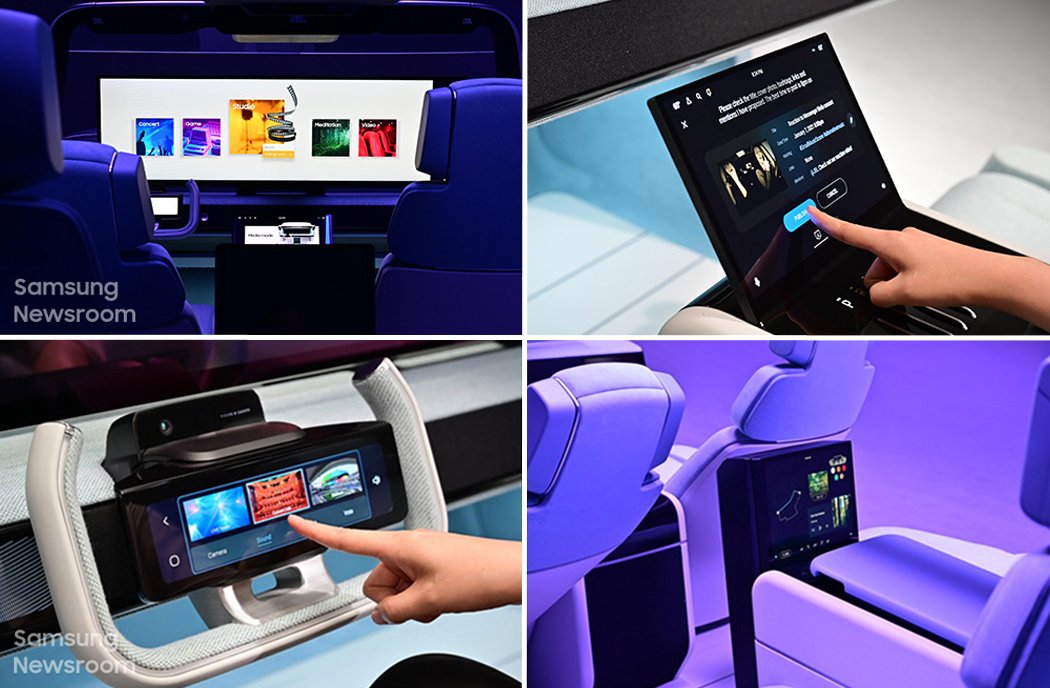




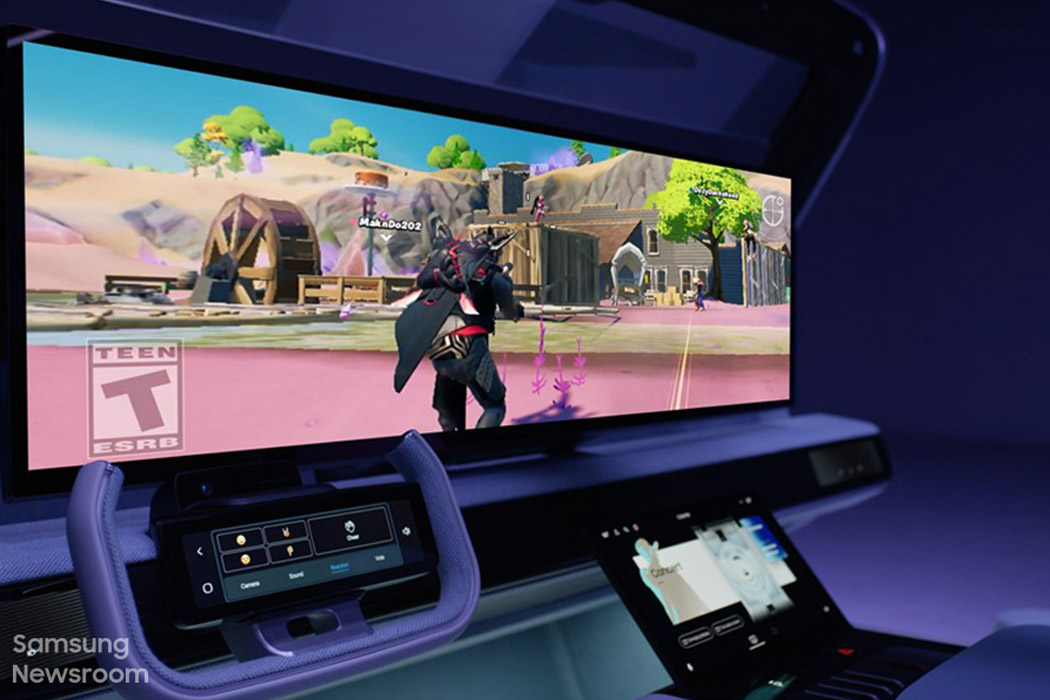
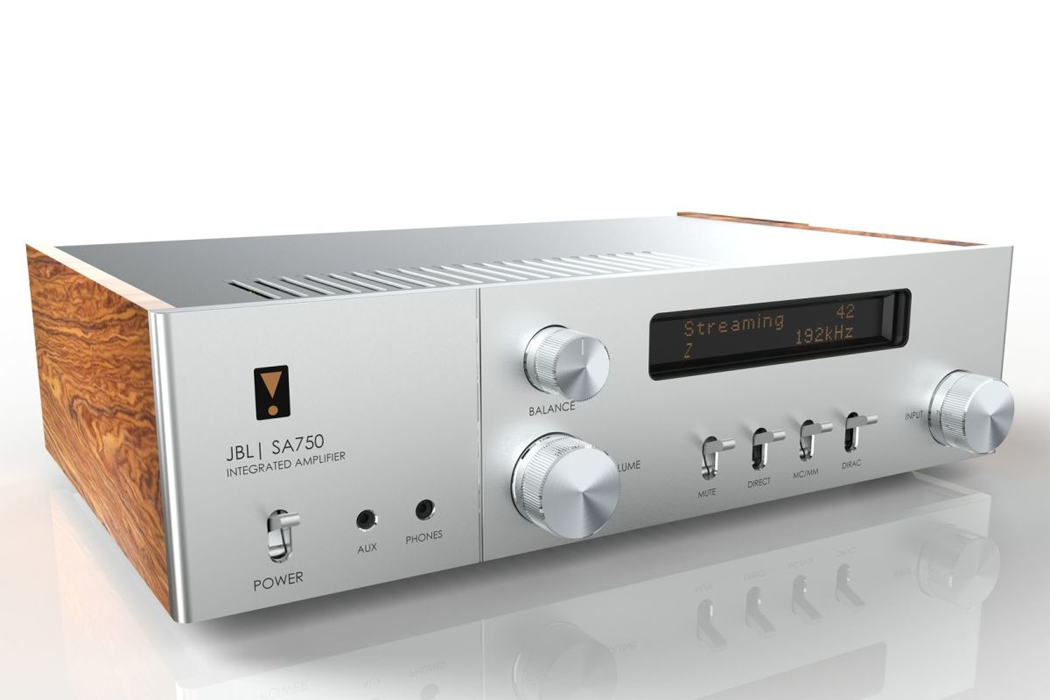
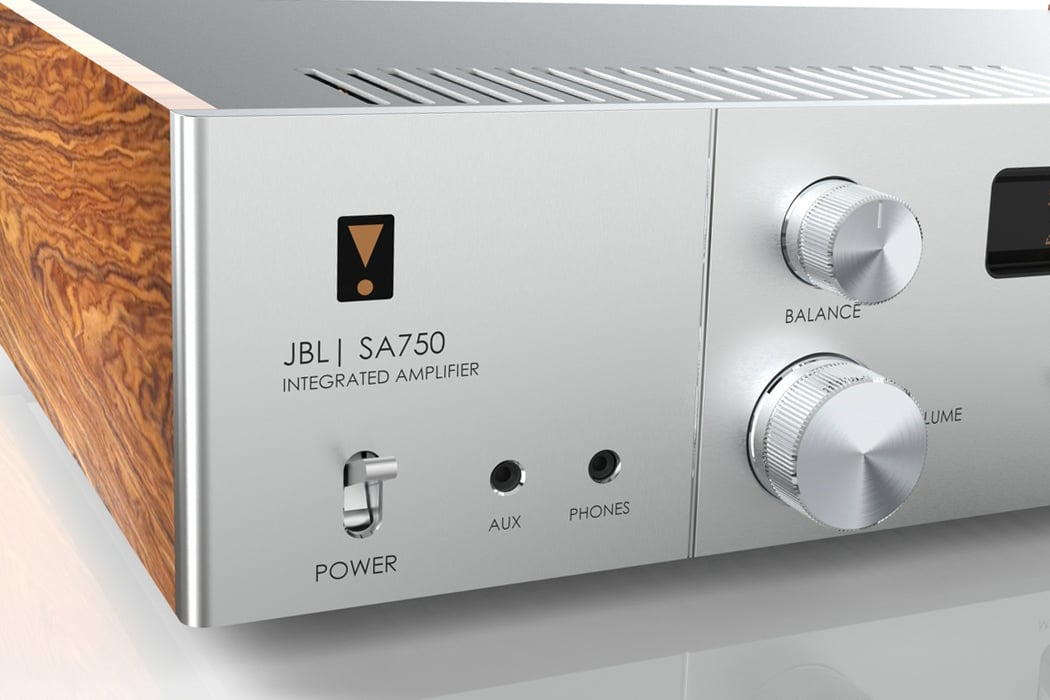
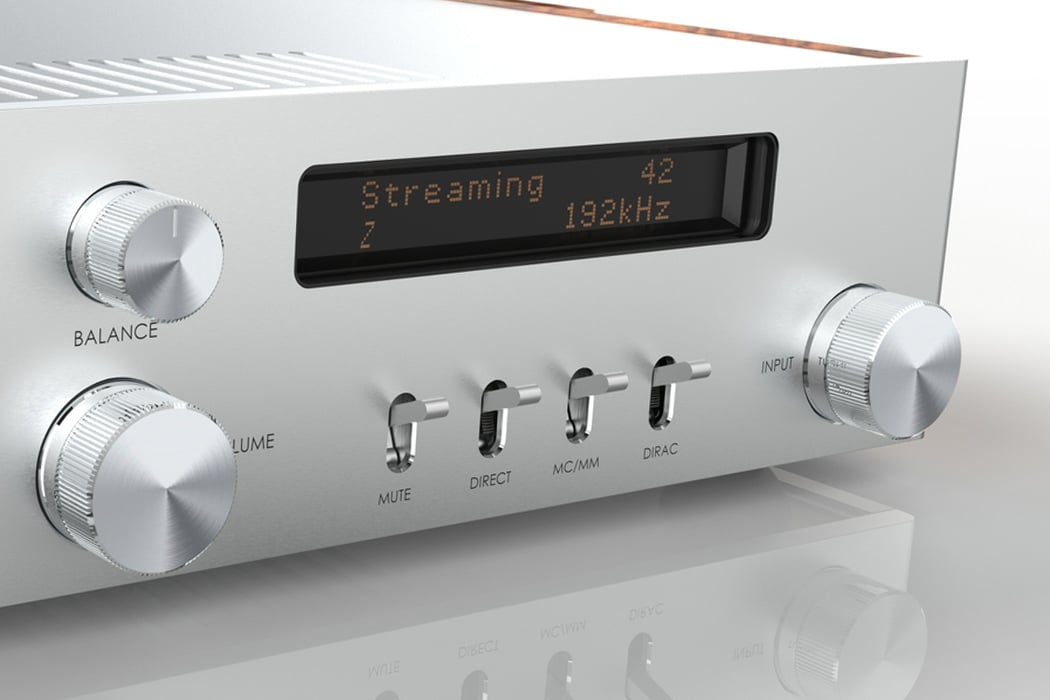
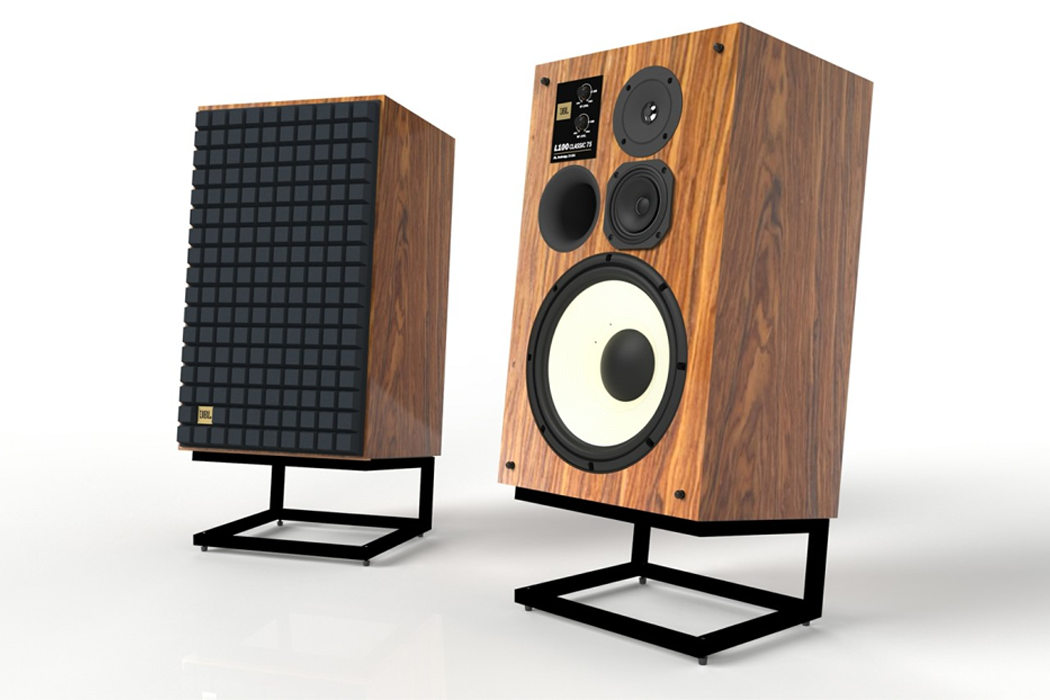





 Imagine you're using a VR headset and as a car races past, you hear it whip from left to right. Only the sound literally moves from left to right because it's coming from a robotic speaker that zips across the room. From the looks of a new patent, au...
Imagine you're using a VR headset and as a car races past, you hear it whip from left to right. Only the sound literally moves from left to right because it's coming from a robotic speaker that zips across the room. From the looks of a new patent, au...
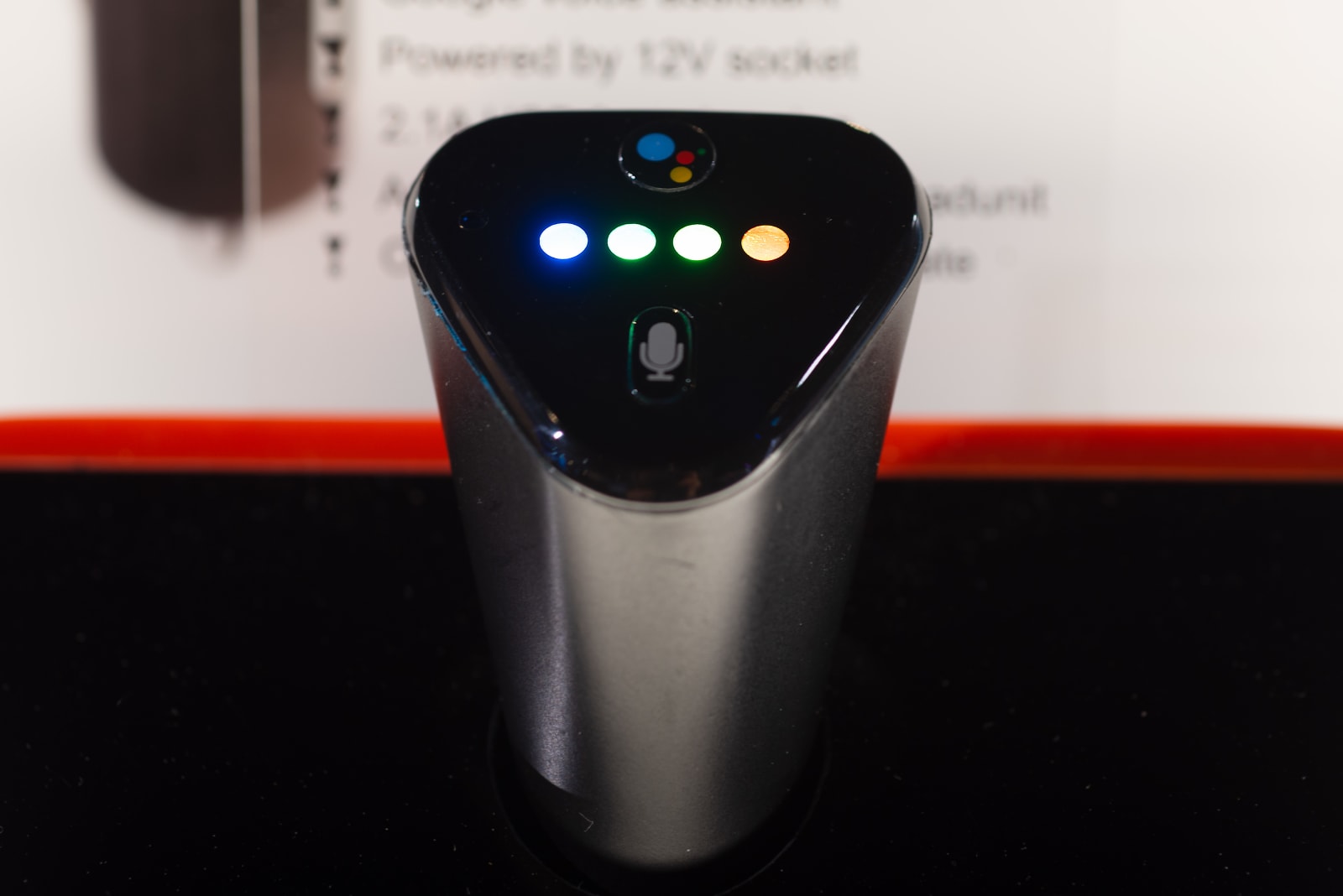 Incorporating digital assistants into modern vehicles has proven transformative for drivers, but only the folks who can afford to pony up for a new(ish) car that has them built in. For those of us still driving older models, those features aren't rea...
Incorporating digital assistants into modern vehicles has proven transformative for drivers, but only the folks who can afford to pony up for a new(ish) car that has them built in. For those of us still driving older models, those features aren't rea...
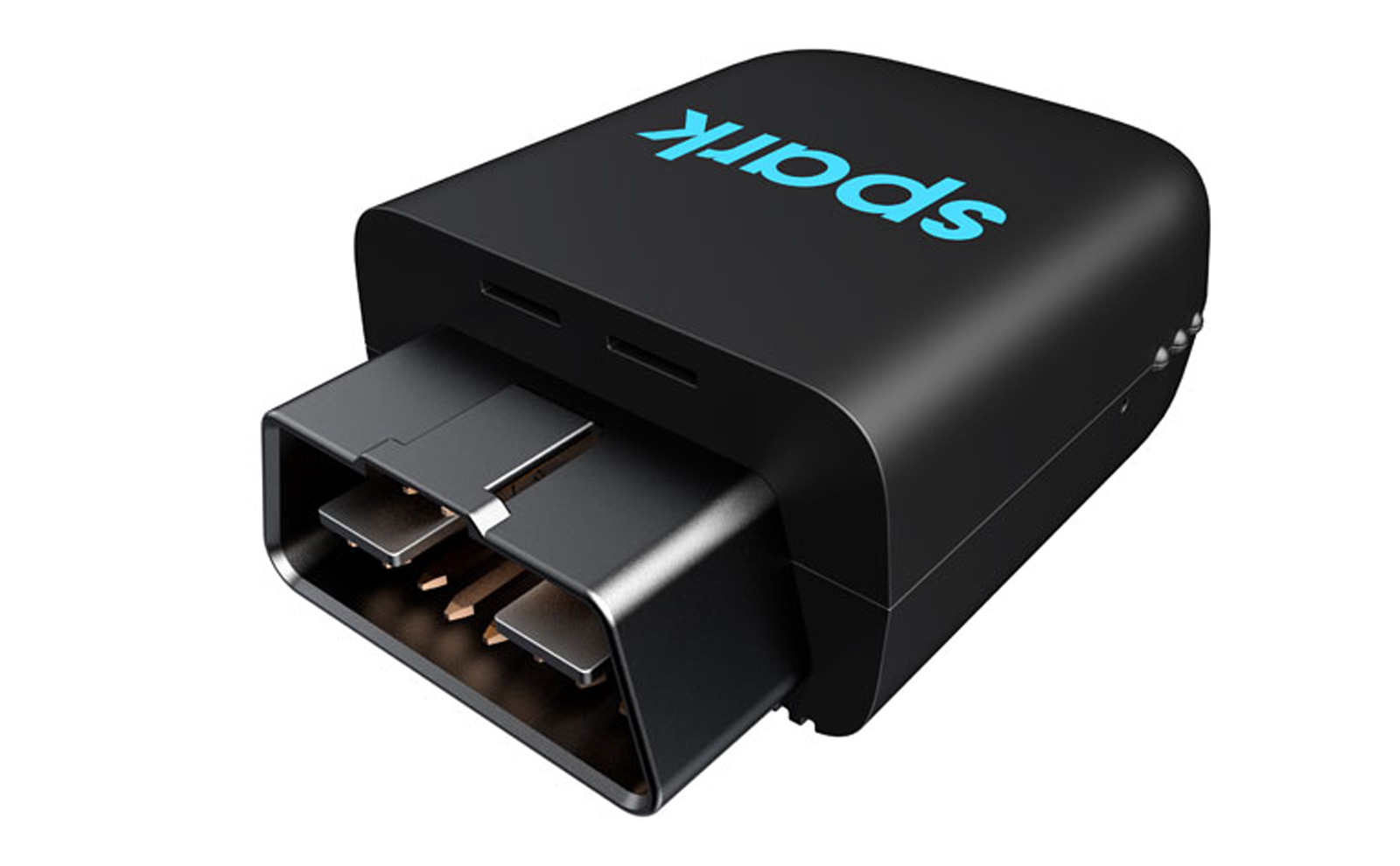 AT&T is joining the ranks of carriers that can bring a whole suite of connected car technology to older passenger vehicles. It's launching the Harman Spark, an OBD-II dongle that adds diagnostics, tracking and LTE data to cars from 1996 and beyo...
AT&T is joining the ranks of carriers that can bring a whole suite of connected car technology to older passenger vehicles. It's launching the Harman Spark, an OBD-II dongle that adds diagnostics, tracking and LTE data to cars from 1996 and beyo...
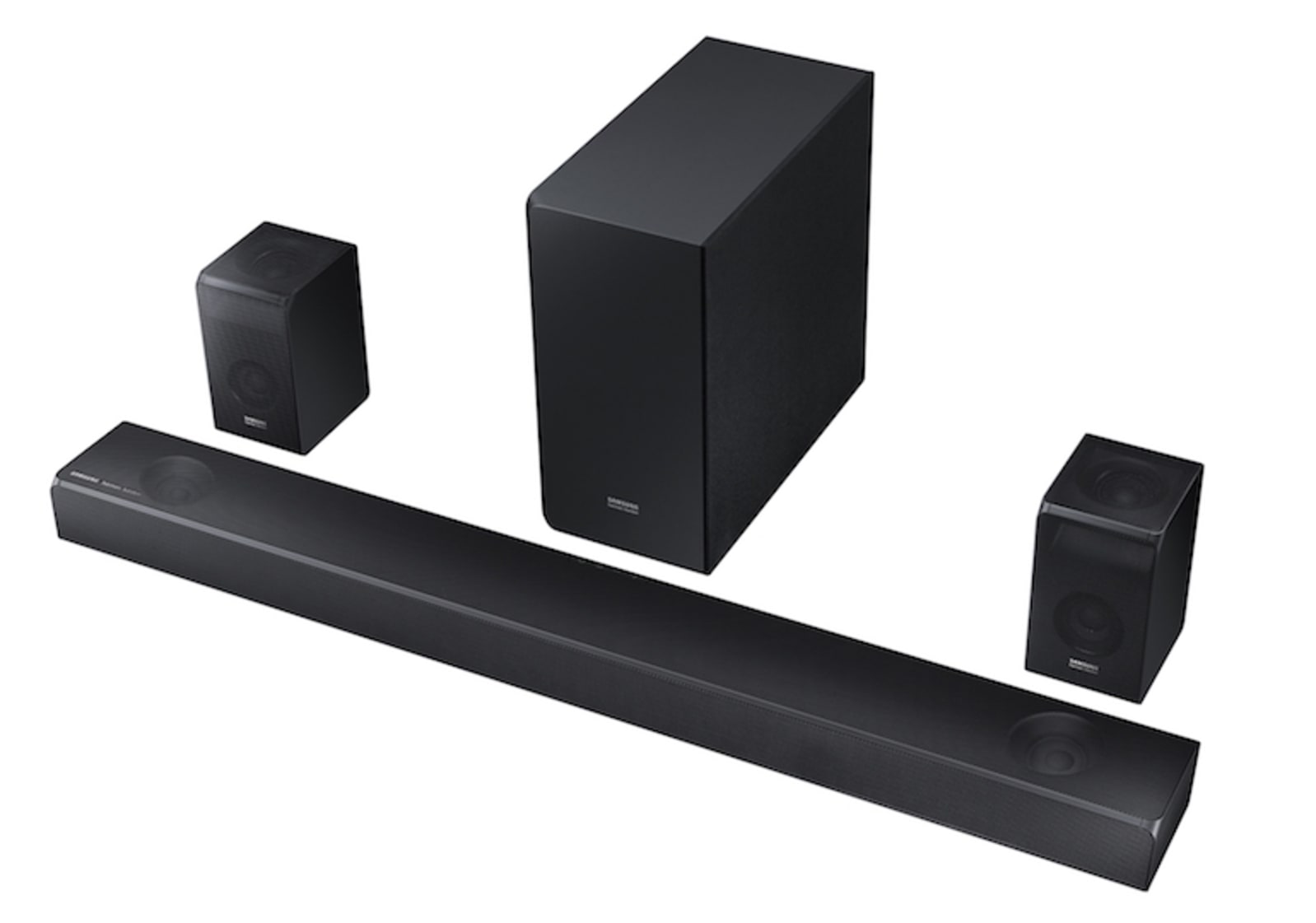 When Samsung acquired Harman International Industries last year, it was pretty obvious the tech brand had eyes on the Harman Kardon audio division. The pair have worked together on a few projects since --smartphones and tablets featuring Harman-owned...
When Samsung acquired Harman International Industries last year, it was pretty obvious the tech brand had eyes on the Harman Kardon audio division. The pair have worked together on a few projects since --smartphones and tablets featuring Harman-owned...
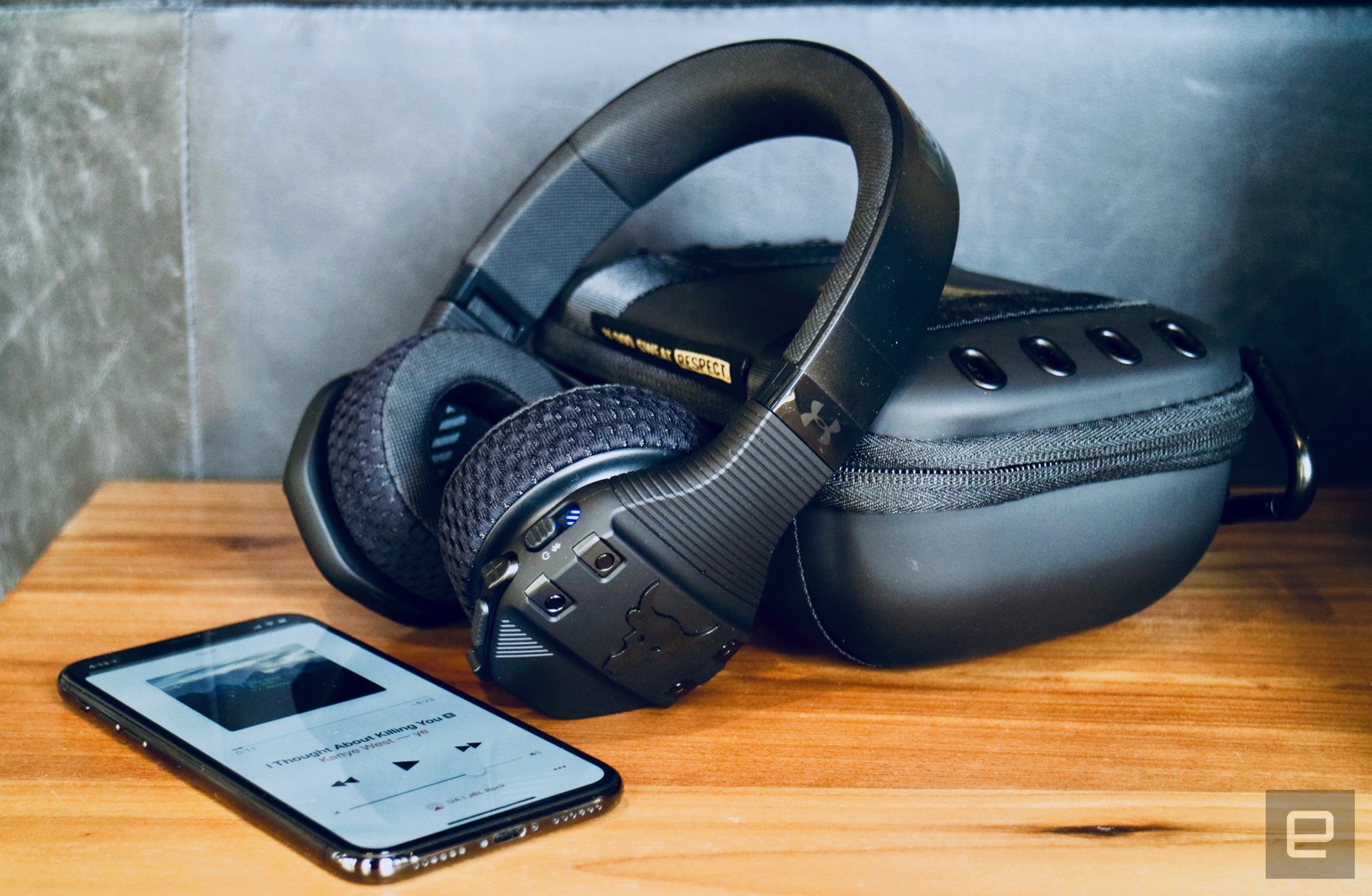 Wireless headphones are dime a dozen, unless you want a pair that's over-ear and designed to handle intense workouts. There are plenty of solid options for fitness buffs, including the JLab Epic2 and Jaybird X3, but those are earbuds. Bose's QuietCom...
Wireless headphones are dime a dozen, unless you want a pair that's over-ear and designed to handle intense workouts. There are plenty of solid options for fitness buffs, including the JLab Epic2 and Jaybird X3, but those are earbuds. Bose's QuietCom...